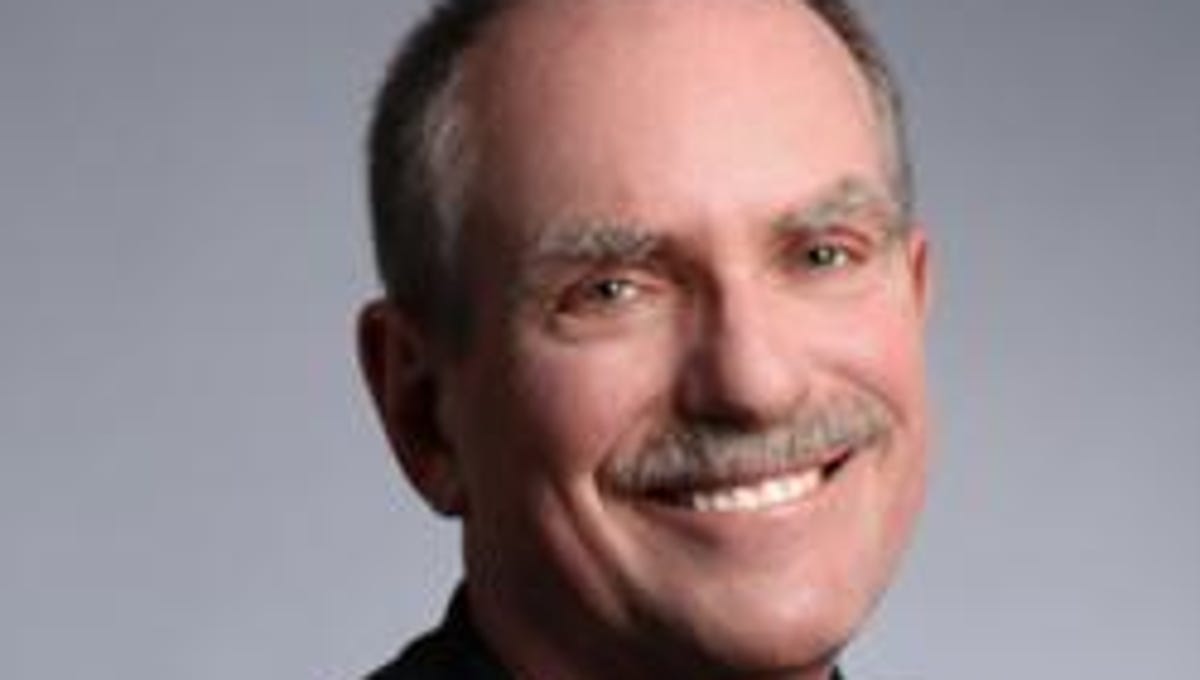No single workplace outcome in post-COVID-19 world

When speaking around the world I have been compelled to ask the audience to suspend what they thought “reality” is, as it could prevent them from seeing into the future with me. So many people think that reality is fixed and set. Of course, nothing could be further from the truth.
Think back to January 2020 and remember what you thought reality was and what you expected for the year based upon that belief. The reality dramatically changed due to COVID-19. Back then people commuted to physical offices and other places of work. Then, for those working in offices, the virus drove us to work remotely using such technologies as Zoom.
Now that we are vaccinating Americans at a stunningly rapid pace – better than any other country with a population in the tens of millions – one of the many issues companies are wrestling with is whether to embrace the former reality of employees coming to a physical work place or the new screen reality of working from home – a duality that is only superficial and certainly less than thoughtful.
The reality is that there will be a variety of models developed relative to working in an office and working from home. What the business does, what its customer base is and what that customer base needs and expects will shape these decisions.
Employees who work directly with customers in the physical reality – delivery people, physical retail, handymen, restaurant workers – will of course need to return to the way they had worked pre-COVID. Workers who work in offices will have a more varied reality. It is not all back to the way it was, nor will it be the way it has been this past year. There is no single solution.
Both situations have benefits. Working from home provides more work flexibility, more life integration, lower costs long-term for employers and companies and, of course, lessens the high-friction physical commuting reality. It again has to be noted that 2020 was the first year in decades when the CO2 emissions from humanity went down from year to year. This was due to the quarantining of billions of people last spring.
The reality is that much of office real estate in downtown city centers will remain vacant and at much lower occupancy levels that at any time in this century, including the Great Recession. This will be a drag for years if the U.S. does not attain herd immunity. In addition, commercial space will be in a low occupancy level due to the massive closing of retail and restaurant businesses. Commercial real estate, however, can be retrofitted to other uses more easily than can office space.
So, with all these current dynamics in place that will sort themselves out over the next 12 months, let’s take a look at the longer-term workplace situation that will settle in to the new reality of the 2020s.
Offices
There will be a contraction of corporate footprints. Until recently, if a company had, say, 100 employees they would create offices and cubicles for all 100 plus several conference rooms. In the new workplace of the 2020s, this company may have work stations for 30-50 and increase the number of small meeting rooms and keep the conference rooms. This will lower office costs and thus fixed overhead.
These 100 employees will, depending on their corporate function, come into the office one-to-three times a week and work from home on the other days. HR and admin may be in the office three days a week, C-level officers three days a week, marketing two days a week and sales one day a week. The main idea is lower office costs, but more interactive meeting areas as non-meeting work can be done at home. In addition, departments could meet in a combination of in-office and online.
A key component of this new model is the lowering of CO2 emissions as there will be much less commuting. This will become an ever-larger issue as we move toward 2030 and companies will be needing to lower their carbon footprint.
Retail and restaurants
Both of these will contract as the move to online, convenience and pickup will continue to increase, virus or not. Retail will become more of display of products that can then be purchased on-line and delivered to the home. I really can’t think of why my new habit of going to Amazon first for most nonperishable goods will not continue. The price of goods is usually the lowest, I don’t have to drive, and I am not spending time shopping. Shopping as a pastime or hobby will decline due to habits established during the pandemic. I forecast that the explosive growth of online retail will only continue to grow as will pickup and delivery.
Entertainment
Entertainment venues will continue to shrink. Movie theater screens will drop from approximately 40,000 screens in January 2020, to some 25,000 by fall 2021. This is largely due to the new habits and superior – for the consumer – prices of streaming channels. Streaming has won. The future of live theater is to a large degree based upon herd immunity. If there is not herd immunity (70% of the population), then older patrons, the largest segment of theater audiences, will think seriously whether they want to risk their health. So the key, at least for the next few years for live theater, is whether too many people refuse to get vaccinated.
Restaurants can survive with socially distancing of tables as long as they have pickup and delivery. Theaters cannot.
Manufacturing
This will increase as more effort is made to bring production back from overseas. The issue for workers is the ongoing automation of manufacturing with ever more robots and machines. This workplace is used to safety requirements, so they will simply add new protocols.
The COVID-19 pandemic will have lasting effect for two reasons. First habits of consumption and work have been changed for good. Second, the number of new entrepreneurial endeavors is and will continue to rise dramatically. Many of these new companies were created at home; home is where they will stay. This increase has occurred because a significant portion of the population has had revelatory insights that the lifestyle of the past – structured, mandatory commuting and office work – is no longer the way they want to live their lives. This trend will spill over to those staying in the corporate realm and manifest as less willing to go back to the old models.
The workplace has been altered forever.
Sarasota resident David Houle is a globally recognized futurist. He has given speeches on six continents, written seven books and is futurist in residence at the Ringling College of
Art and Design. His website is davidhoule.com. Email him at [email protected].








